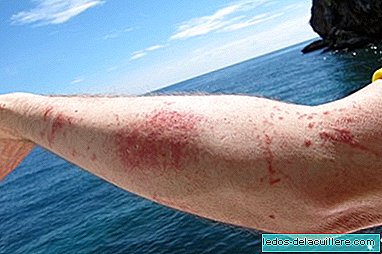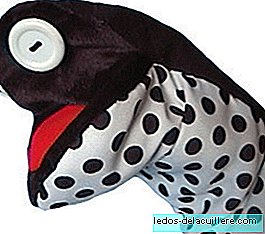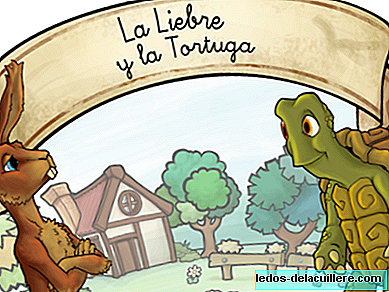
The jellyfish They are so cute when they go out playing in Bikini Bottom with SpongeBob that we forget their danger. Recently Macarena informed us that last year pediatric associations advised us that in case of contact, it was advised to leave the sea and seek help.
We will review, with the help of Dr. José Cordero, medical director of Nectar, the recommendations to keep in mind in case a jellyfish bites us on the beach. And although there are more than 4,000 species of jellyfish around the world, some of them deadly, in Mediterranean waters the most common is noctiluca pelagia, whose bite produces a strong pain and burning, as well as inflammation and redness.
Dr. José Cordero recommends this type of bites clean the affected area although never with fresh water because it causes the stinging cells, that is, the ones that itch, to spread. The ideal is to do it with physiological serum although, as it is difficult to carry, except in specially enabled positions, the area can be cleaned with seawater.
Then you have to apply ice, covered with a towel or cloth, over the sting. That way it will help relieve swelling and stinging. And, in case there is any remaining tentacle, you have to remove it with tweezers and never touch it with your hands.
In any case, and despite these first aid, you have to observe the evolution of the bite and if the pain is still very intense and the patient worsens it is best to go quickly to the nearest health center for a doctor to make a diagnosis and prescribe an antihistamine, in case of allergic reaction, or an analgesic to relieve pain.
Enjoy the wonderful Spanish beaches and if there are notices of prohibition of bathing by the presence of jellyfish, it is better not to take risks and share a few hours of play on the shore with the kids.












